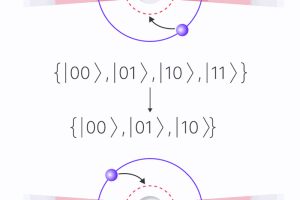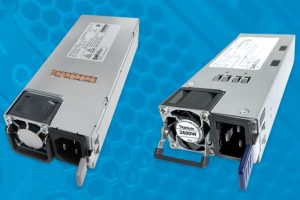Two versions of Sherpa will be built. A smaller version will be capable of accelerating a payload to 400m/s change in velocity, or delta-v. The larger version will be 2,200m/s delta-v.
The system will be used on SpaceX’s Falcon 9 rocket. A sun-synchronous test flight is planned for early 2014, with a first operational mission for late 2014.
“In a lot of cases, as a secondary payload you’re restricted by where the primary payload goes. That’s often descent inclinations but a different altitude,” says Jason Andrews, CEO of Spaceflight Inc.
The Sherpa 400 is optimized for low Earth orbit (LEO) missions, adds Andrews, while the 2200 is ideal for bringing small satellites from geosynchronous transfer orbit (GTO) to geosynchronous orbit (GEO), and is capable of propelling an object from GEO to escape velocity for missions outside the Earth’s orbit.
©Spaceflight Inc
Hosted payloads are a growing field. Launch vehicles are generally selected to launch a given payload through complex calculations of cost, reliability and availability, to name a few. Often launch vehicles have significant spare capacity, and if space allows the launch company will offer rides to smaller secondary payloads.
The downside for the secondary payload is that they are inserted into nearly the same orbital inclination and altitude as the primary, an orbit for which it may not be ideally suited. Sherpa, by tugging secondary payloads to a different orbit without needing to use their own propellant, will allow secondary payloads significantly greater flexibility.
Zach Rosenberg, Flight Global
 Electronics Weekly Electronics Design & Components Tech News
Electronics Weekly Electronics Design & Components Tech News


